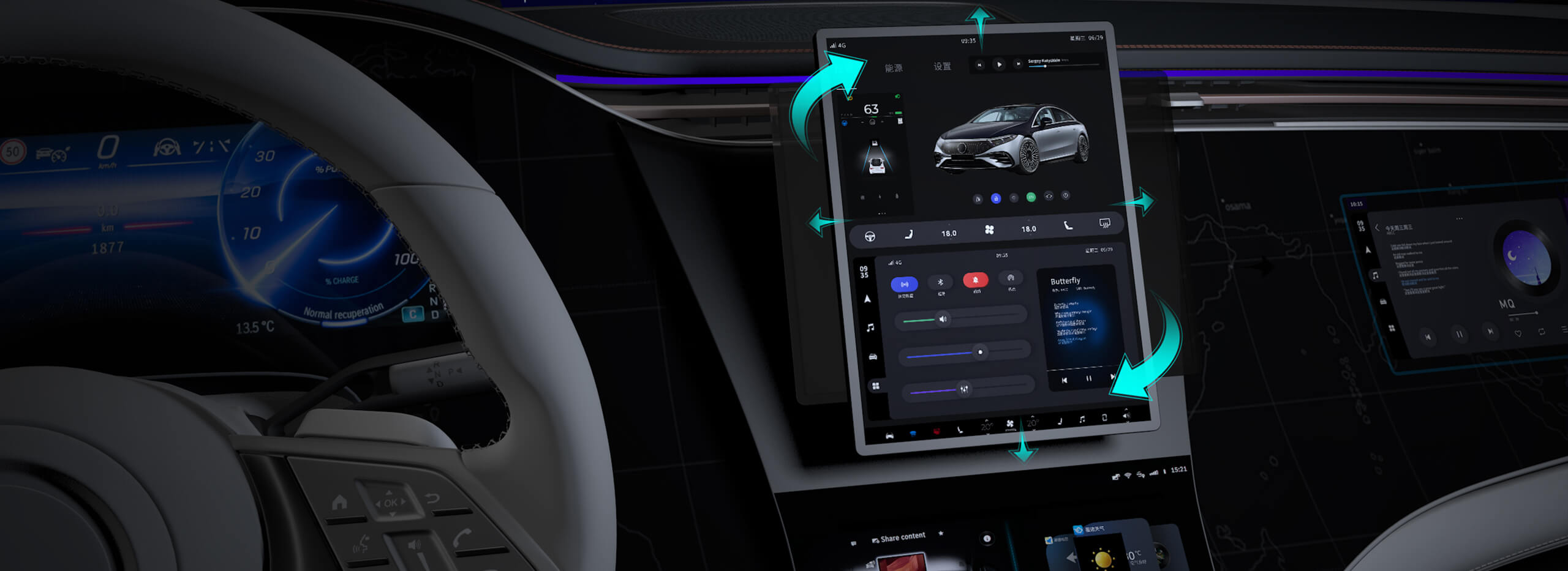Imagine a tiny powerhouse that can elevate your robotics projects, streamline industrial automation, and unlock a new realm of creative possibilities—welcome to the world of the 20 kg cm servo motor. This device, often overlooked in the grander scheme of mechanical engineering, packs a punch far beyond its compact size, making it an essential component for both hobbyists and professionals alike.

Understanding the 20 kg cm Servo Motor
At its core, a servo motor is a rotary actuator that allows precise control of angular position, velocity, and acceleration. When scaled to the 20 kg cm torque rating, this servo reaches a sweet spot that's both manageable and powerful. It delivers enough force—roughly 19.6 Newton centimeters—to handle a diverse array of tasks, from moving robotic arms to controlling steering mechanisms in remote-controlled vehicles.
To put 20 kg cm into perspective, think of it as the torque needed to lift about 20 kilograms at a lever arm of one centimeter or roughly 0.2 kilograms at ten centimeters. That might seem modest compared to industrial giants, but for compact, high-precision applications, this torque is often more than sufficient. The "kg cm" rating helps users gauge whether a servo can handle the load demands of their specific projects.
Why the 20 kg cm Servo Is Gaining Popularity
In recent years, the surge in DIY robotics, IoT devices, and smart automation systems has driven demand for versatile, reliable, and easy-to-integrate servo motors. The 20 kg cm variant hits the perfect middle ground—serving as a workhorse without the unwieldy size and power consumption of larger servos.
Moreover, their affordability makes them accessible to a broader audience. Hobbyists, educators, small startups, and even some industrial prototypes leverage this torque range to build everything from animatronics to automated camera rigs. The 20 kg cm servo motor provides the performance needed to strike a balance between strength, precision, and cost.
Key Features of the 20 kg cm Servo Motor
Compact yet Powerful: While small in size, these servos boast a sturdy construction with high-torque motors that deliver consistent and reliable performance.
Fast Response Time: Thanks to advanced gear train systems—often digital gearboxes—they can respond quickly to control signals, ensuring smooth and responsive operation.
High Precision: Many models support 0.1-degree resolution, making them perfect for applications requiring meticulous positioning, such as robotic joints and servo-driven mechanisms.
Durability: Built with robust materials to endure continuous operation, often featuring metal gears or reinforced plastics that resist wear and tear.
Ease of Control: Compatible with common microcontrollers like Arduino, Raspberry Pi, or industrial controllers, making integration straightforward.
Adjustable Parameters: Many servos allow tuning of speed and torque limits, giving engineers and hobbyists flexibility to tailor performance.
Applications Explored
The versatility of the 20 kg cm servo motor shines across numerous sectors. Here are some notable applications where this size and power combination excel:
Robotics: Building articulated robotic arms, humanoid robots, or drone gimbals. Their precision and torque make them suitable for delicate operations like sorting or pick-and-place tasks.
Automotive Projects: Controlling steering systems, throttle mechanisms, or custom dashboards that demand precise movement within compact spaces.
Hobbyist Creations: DIY projects such as animatronics, model airplanes, or remote-controlled vehicles, where space is limited but reliable performance is key.
Industrial Automation: Small-scale automation systems like conveyor belt positioning, valve control, or packaging machines in manufacturing floors.
Educational Tools: Teaching balance of torque, control systems, and mechatronics—20 kg cm servos offer an accessible platform for hands-on learning.
Advantages Over Larger or Smaller Servos
Choosing a servo isn't just about raw power. The 20 kg cm servo motor strikes a unique balance:
Compared to smaller servos (<10 kg cm), it offers significantly more torque suitable for medium-weight loads, expanding project possibilities without sacrificing compactness.
Against higher-torque servos (>50 kg cm), it maintains a lighter, more responsive profile—perfect when speed and precision matter as much as strength.
It’s generally easier to control, requiring less complex power supplies and cooling systems.
Considerations When Selecting a 20 kg cm Servo
While these servos are adaptable, making an informed choice ensures optimal performance:
Power Requirements: Ensure your control system can supply the necessary voltage and current.
Gear Type: Metal gears offer durability for heavy-duty tasks, while plastic gears suffice for lighter operations.
Control Mode: Some models are PWM-based, others support serial commands, and digital servos tend to provide finer control.
Size Constraints: Even within the category, sizes vary—measure your space carefully.
Environmental Factors: Look for models with IP ratings or metal housings if operating in harsh environments.
Future Trends and Innovations
The future of the 20 kg cm servo motor lies in integration and smart capabilities. IoT connectivity, advanced sensors, and AI-driven control algorithms are making their way into these devices, transforming them from simple actuators into intelligent components.
Emerging trends include:
Miniaturization: Even more compact models with enhanced torque-to-size ratios.
Energy Efficiency: Reducing power consumption without compromising performance.
Feedback Precision: Improved sensors enabling real-time position and load monitoring.
Wireless Control: Seamless integration with wireless networks for remote control and automation.
In conclusion, the 20 kg cm servo motor embodies a perfect blend of power, precision, and practicality. Its role in propelling both amateur innovations and professional endeavors forward is undeniable. Whether you're designing a robotic limb, automating a process, or just experimenting with mechanics, understanding the capabilities and applications of this versatile actuator opens up a world of possibilities.
I'll prepare Part 2, which will continue exploring advanced applications, maintenance tips, comparisons with other servo sizes, and some inspiring examples to keep the narrative engaging.
Established in 2005, Kpower has been dedicated to a professional compact motion unit manufacturer, headquartered in Dongguan, Guangdong Province, China.




































